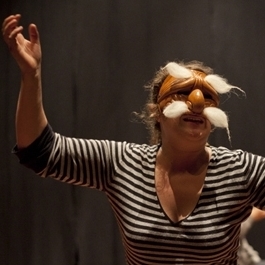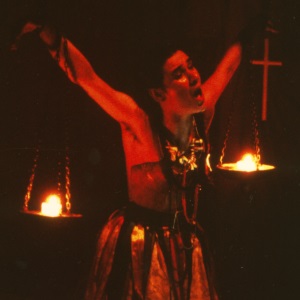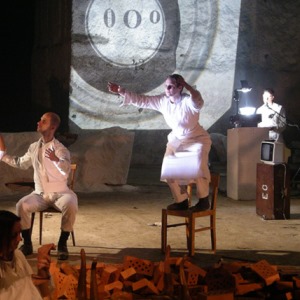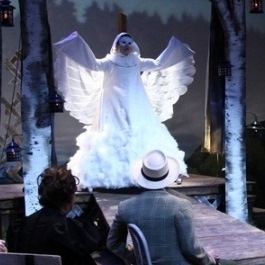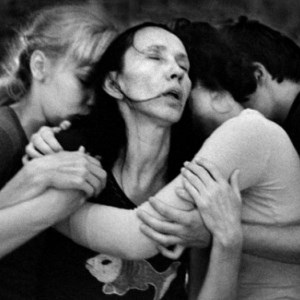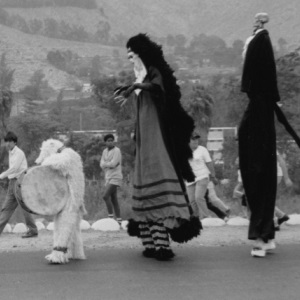Form and genre are terms that are often used interchangeably. Whilst form is more often about structure and genre is more to do with typology, forms and genres of theatre and performance vary and transform in relation to their temporal and geographical context. The term genre is used to categorise different types or kinds of work that share certain stylistic characteristics. In theatre and performance contexts, genre is an umbrella term under which the form – a play as a form of literature for example – might be categorised by its genre as naturalist, realist, comedy, tragedy, tragicomedy and so on. Genres are created and mutate through time and are often hybrid: here an example such as tragicomedy is typical, where elements of tragedy and comedy combined to create a new genre during the Renaissance period in Europe. The definitions of performance genres are often blurred so that, for example, what constitutes performance art in one context might be classified as live art in another. Typically, terms such as 'postmodern performance' might be used to describe a genre of performance where common elements of strategy, technique, aesthetic and practice are fewer than the differences between examples. In other words, definitions of genre can be too generalised to be useful on some occasions. Equally, whilst an art or performance work might be described as one genre it may share many characteristics with another.
Image: Odin Teatret Archives. Performance (rehearsal): The Chronic Life. Director: Eugenio Barba. Photo: Jan Rüsz

